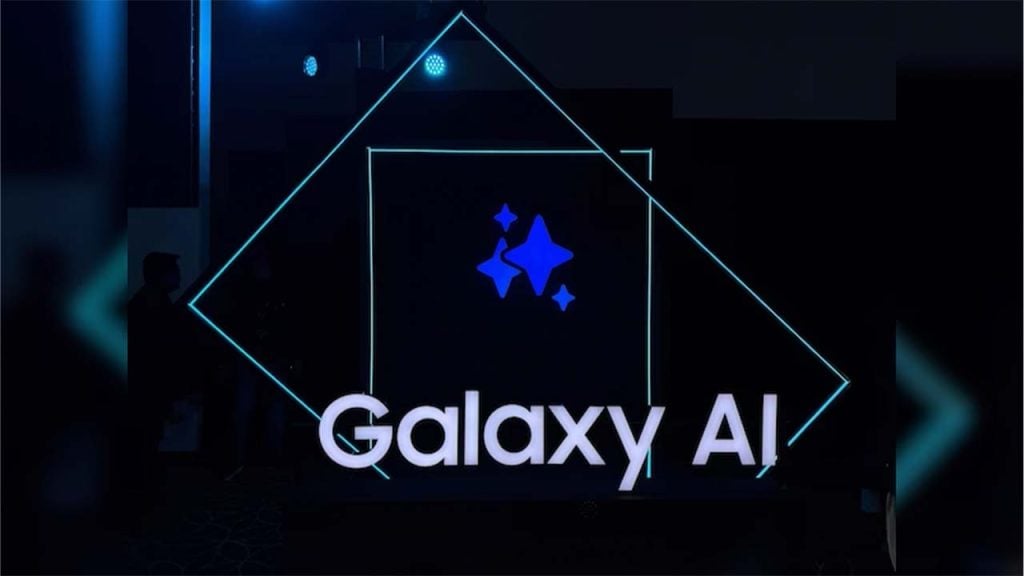Summary
- The Pixel 8 supports display mirroring via USB-C, which allows you to share your phone's screen content on a compatible display.
- DisplayPort via USB-C on Pixel phones was previously locked at a hardware level, but can now be enabled through a shell command on rooted Tensor G3 devices.
- The software lock suggests that Google may bring proper Desktop mode support to all Android devices in the future.
Our favorite Android phones get more powerful every year, and there’s no dearth of computational muscle even on most mid-range devices. However, most people only consider a Chromebook or Android tablet as a substitute for a desktop-like computing experience. Custom Android skins offer the ideal middle ground with equivalents like Samsung DeX, powered using just your phone. Android’s Desktop mode could soon get better, because the Pixel 8 supports display mirroring via USB-C now.
Sharing your Android phone or tablet’s display to another screen is really convenient with the Cast option available on most Android skins. However, that doesn’t extend the phone’s computational power to the connected display, and doesn’t automatically trigger a desktop-friendly user interface. Desktop mode support was introduced with Android Q in 2019, but has died down, with Samsung DeX being the shining example of a desktop UI done right. When the Pixel 8 was in development, reputable Google device researcher Kamila Wojciechowska claimed the phone could bring support for DisplayPort over USB-C, a feature that was locked at a hardware level on the Pixel 7 and previous models.
The Pixel 8 series launched earlier this month, and apex Android feature researcher Mishaal Rahman discovered DisplayPort via USB-C is only locked via software, meaning you can run a shell command on a rooted Pixel 8, or any other device with a Tensor G3 chipset, to enable the feature. You just need to change the state of the following property from 0 (disabled) to 1 (enabled). A couple of weeks have passed since Rahman discovered this feature, but testers like Micha Lechner shared video evidence of the feature in action quite recently.
persist.vendor.usb.displayport.enabled
With the flag enabled, all you need is a compatible display, and a USB-C to USB-C cable with DisplayPort compatibility. Connect one end to your phone and the other to your display, and the phone’s screen content should show up on the display automatically. Lechner has also coded a Magisk module to execute the same shell commands which enable this feature.
Although the feature is off-limits for most Pixel 8 users right now, the transition to a software lock is a good sign, because it means Google could use software updates to equip every Android device with this capability. Rahman says we could also interpret this as the first of many steps towards bringing proper Desktop mode support back from the dead to benefit the Android community, with Android 15. For now, though, it's a pixel-exclusive feature available only on rooted devices.
https://ift.tt/03vXgCr
Technology

No comments:
Post a Comment